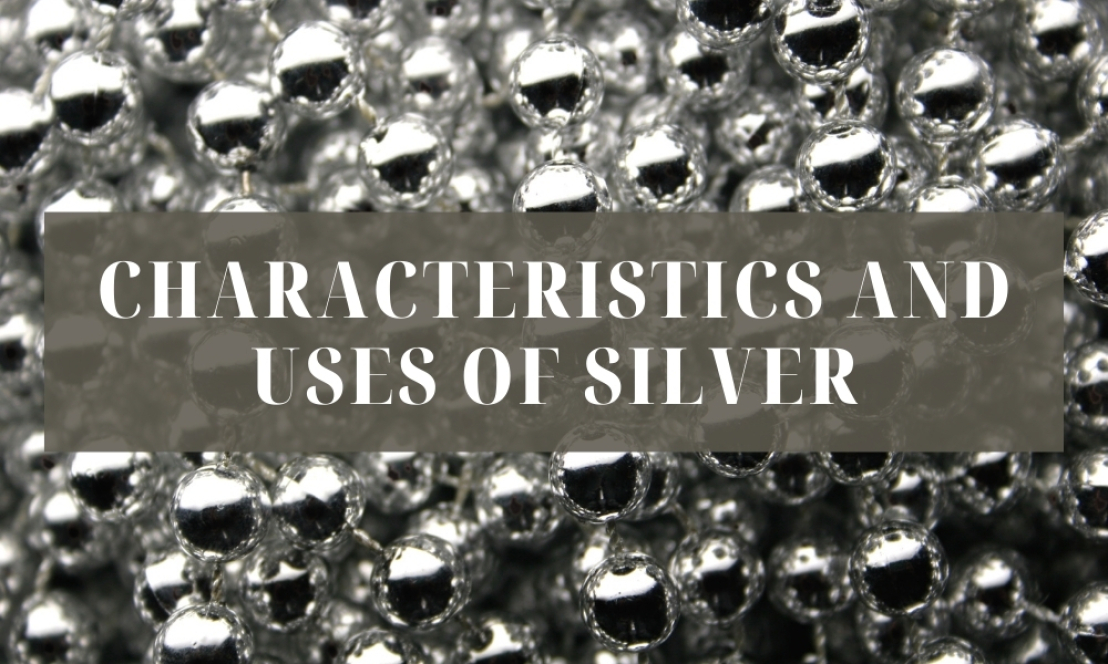Characteristics and Uses of Silver

Silver and Gold are the two most common precious metals used in jewelry making. Today, we are going to take into account the characteristics of silver and why is it loved by many jewelers and other electrical and industrial companies.
General Characteristics of Pure Silver
Pure silver is soft, ductile, malleable, and lustrous in characteristics. It also has the highest electrical and thermal conductivity of all metals meaning silver is a conductor of electricity. Silver is stable when exposed to oxygen and water but tarnishes when exposed to sulfur compounds present in air or water. When this happens, it forms a black sulfide layer.
Silver has a bright metallic luster and can take on a very high polish. Silver is not a colored metal and has a greater reflectivity features than aluminum. Metallic bonds in silver lack molecular bond and are relatively weak that’s why pure silver is soft and ductile.
Like gold, silver is very soft and can easily be damaged. In jewelry making, these silver characteristics can be overcome by mixing other metals to silver to form an alloy. Copper is commonly mixed with silver in order to gain the desired hardness that won’t tarnish or break easily. In order for the silver to stay as close to pure silver, there should be at least 92.5% silver in an alloy.
Silver Antibacterial Properties
Silver is a non-toxic metal. In fact, it had been used by early Americans to prevent milk from spoiling during a long journey. Silver contains antibacterial properties and thus it had been used as food additive and coloring. This type of silver is numbered E174. Silver to this date had been used as a preventive treatment for burns and water disinfection.
Uses of Silver
Silver with higher quality stamps is used for jewelry and silverware. The standard used is sterling silver.
Silver is used as food additive, commonly as coloring. It is stamped as E174.
Silver is also used as electrical contacts, silver cadmium, solders, and silver-zinc in batteries. In electronic printed circuits, silver paints are used.
About 30% of silver produced is used in the photographic industry, mostly as silver nitrate.


Comments : 0